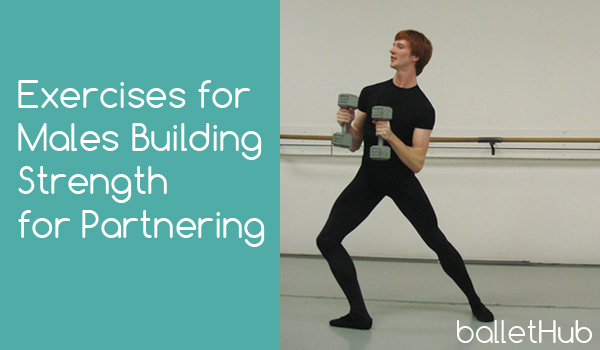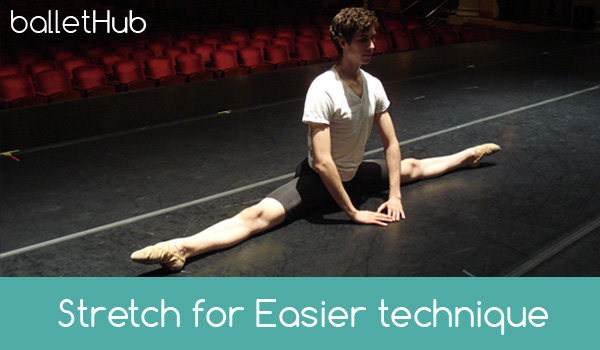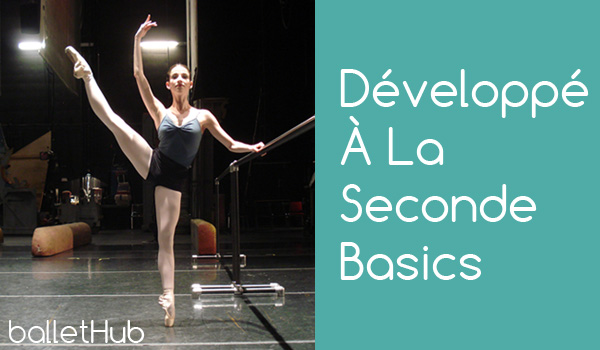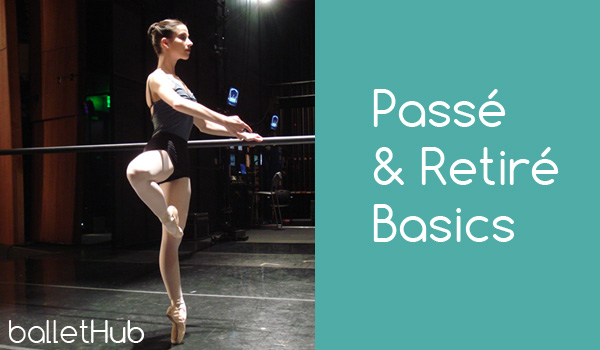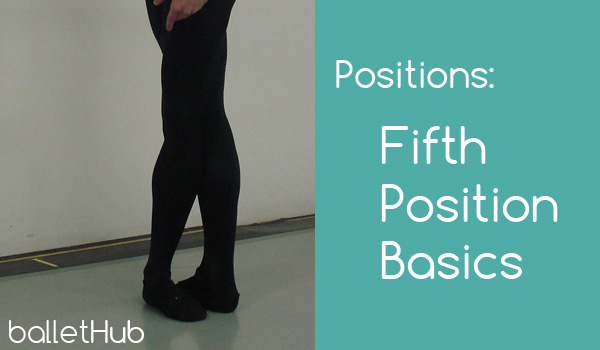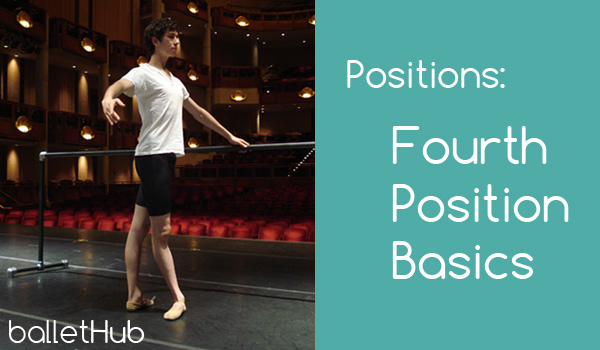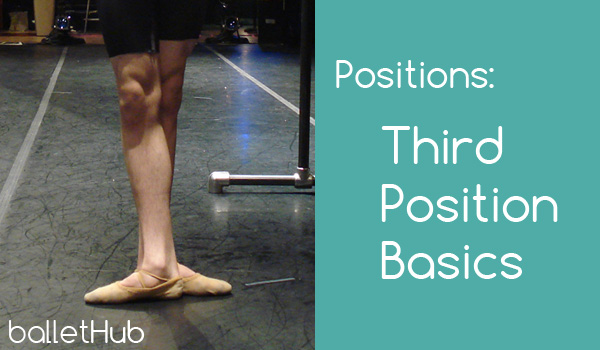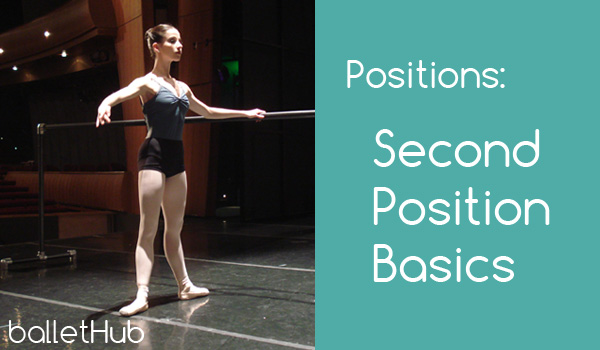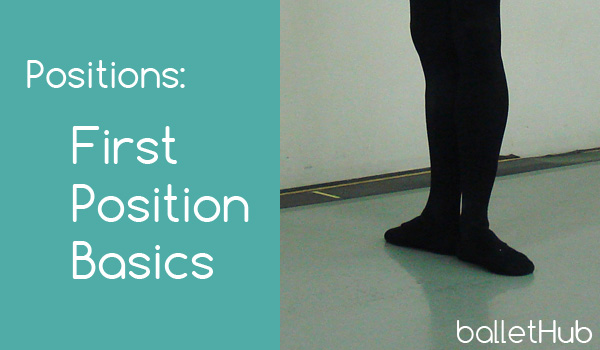Ballet Technique Lessons
Learn from Online Ballet Lessons and Tips
For the male in ballet, partnering requires a fair amount of strength. While partnering is not fully based on how big your muscles are, it certainly helps to have a strong core and upper body. You can of course, always hit the gym. But most exercises one could do at a typical gym would require…
Ballet requires the dancer to be in specific positions, shapes and move in ways that requires above average flexibility and strength. And almost always, unless for instance a contemporary choreographer asks for a movement to look otherwise, it all must also be done to look somewhat effortless. Part of achieving the effortless look deals a…
Developpe in classical ballet technique is seen mostly throughout ballet in adagio and jumps. It is especially seen performed by women in pas de deux and variations, and mostly commonly by men in jumps. A developpe is basically the movement from one position to the other, usually with the end position being an extension of…
Passe (pah-say) and Retiré (reh-tur-a) are often interchangeable ballet terms describing the same position where a dancer’s leg is bent upwards, with their toes typically connected to the other leg. Having the “passe leg” turned out is mostly common in classical ballet, but of course, passe (or retiré) can also exist as a turned in…
Fifth Position in ballet is a position of the legs and feet where one foot is placed in front of the other, with the toes of the front foot aligned with the heel of the back foot. Fifth position is one of the more important positions as it is often a preparation and “in-between” position…
Fourth position in classical ballet technique is a position where basically the dancers legs are both turned out equally, toes pointing away from the body, one leg directly in front of the other, about a foot and a half apart. It is most commonly used as a preparation for pirouettes. Fourth Position in Ballet Practicing…
Third position in classical ballet technique is a bit of an odd position, only because it isn’t often used in class or choreography. The reason for this is likely because the position of your feet are in between a proper first position and fifth position. Since ballet is all about exactness, hitting a proper third…
Second Position in classical ballet technique is a position where the dancer’s legs and feet are equally turned out and facing away from each other. While there is a second position of the arms, today we’ll talk about the basics of second position with the legs and feet. The most easy way to think of…
First position in ballet is a position where a dancer is typically standing while their feet and legs are turned out and facing away and out from each other. While there is also first position of the arms, today we’ll cover first position with the feet. While you will likely learn First Position in a…
